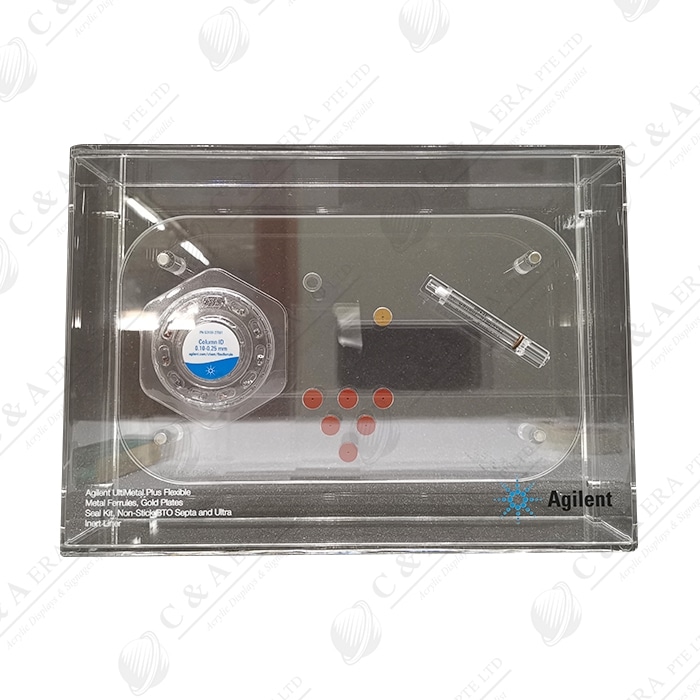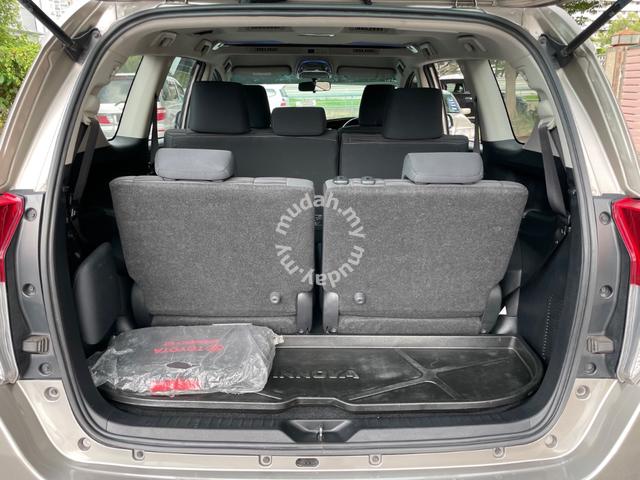
#Basiccolor display no instrument found pro
I would simply re-iterate here that the most recent release of display 6 used with the MYIRO-1 produces profiles that validate to a high level of accuracy, as attested from the new profile I created wih the MYIRO-1 and basICColor display 6 Pro for my NEC PA272W display (Figure 4). Readers may recall that I reviewed the MYIRO-1 on this website last September and Christopher Campbell wrote a concluding section of that review covering the use of the MYIRO-1 and the previous version of basICColor display 6. Let us begin with accuracy – the first new feature in basICColor display 6 I’ll cover is support for the MYIRO-1 spectrophotometer to perform the calibration and create the profile. The first is amenable to numerical analysis, the latter is subjective, and perhaps more important. In assessing the quality of a display profile, we’re looking at two separate but related factors: (i) how accurately does the display render the reference values in the image file, and (ii) how good is the perceptual consistency of the same image between say two different displays or one display and a print.
#Basiccolor display no instrument found software
This is where basICColor display 6 software excels, particularly with the new Pro features. The greater the extent to which display calibration and profiling can be managed to take these factors into account, the more consistent will be the perception of the photograph between monitor and print. The viewing of photographs is subjective and context-specific, depending on our visual perception, the ambient light surrounding our photo editing environment and the viewing light reflected from the prints. To achieve this, a properly calibrated and profiled display is essential. In each of these photos, the adjustments and reproduction of tonality are demanding, in order to preserve highlight detail, shadows with the desired amount of detail, and midtones with good modeling of forms and correct rendition of tonal gradations, especially skies. Goreme Region, Turkey © Mark D Segal Figure 3. Goreme – Cave Suites © Mark D Segal Figure 2.

I provide several samples here so you can appreciate what I mean (figures 1, 2, and 3). For this set of photos, in particular, it was truly important that the prints have exactly the tonality on paper that appeared under softproof when I completed the image adjustments as they looked on the display. The importance of this came home to me yet again as I was printing a set of B&W photos I made from a photoshoot in the Goreme region of Turkey. The front-end of this color management chain for image processing is monitor calibration and profiling. This just avoids tons of disappointment and waste over issues such as prints that are persistently too dark, too light, too saturated, not saturated enough, and so on. The bother is – especially if you make prints – that you really should want a color management chain from monitor to printer that provides a reliable perception on the display of what will come out of the printer. Insofar as I have already reviewed the version without these extended Pro features, this article concentrates on the latter.

Quite apart from features, it produces excellent profiles, which for most of us will be exactly what we need.

Since then, basICColor has been working hard to develop advanced features that make the Pro version of this software arguably the most sophisticated monitor calibration and profiling package available. My article on basICColor display 6 appeared on this website on May 3, 2020.


 0 kommentar(er)
0 kommentar(er)
